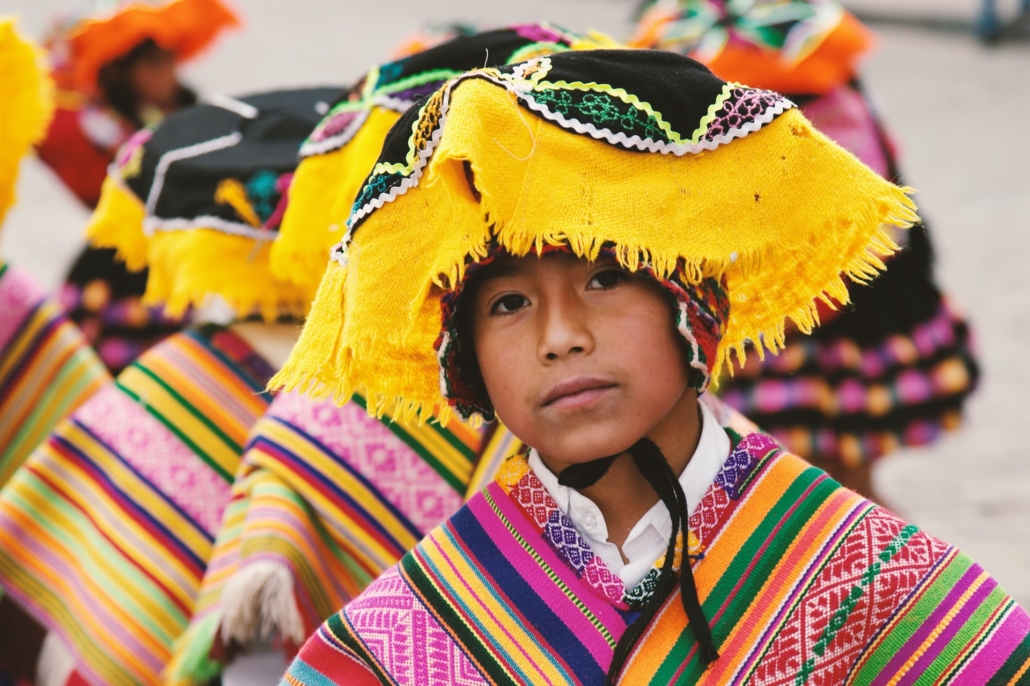The Importance Of Disability-Inclusive COVID-19 Responses
 For those living in developing countries, there is a direct link between poverty and disability, as each factor has the potential to influence the other. The World Bank estimates that 20% of the world’s poorest “have some kind of disability.” As the COVID-19 pandemic continues to exacerbate existing problems faced by marginalized groups, and particularly people living with disabilities, it is important that developing countries around the world implement disability-inclusive COVID-19 responses.
For those living in developing countries, there is a direct link between poverty and disability, as each factor has the potential to influence the other. The World Bank estimates that 20% of the world’s poorest “have some kind of disability.” As the COVID-19 pandemic continues to exacerbate existing problems faced by marginalized groups, and particularly people living with disabilities, it is important that developing countries around the world implement disability-inclusive COVID-19 responses.
Throughout the entire world, roughly one billion people –15% of the total population– live with some form of disability. Within this figure, 80% of people living with disabilities reside in a developing country. People living with disabilities often face adversities such as “less education, poorer health outcomes, lower levels of employment, and higher poverty rates.”
Impact of COVID-19 On People With Disabilities
Through a policy brief, the United Nations found that people with disabilities face greater risks of contracting COVID-19. They risk developing severe and sometimes fatal conditions from the virus as well as health care discrimination. People with disabilities are often reliant on physical touch for support, which is difficult considering the importance of remaining socially distant and using hand-washing facilities. Additionally, people with disabilities often face secondary health conditions that are worsened by COVID-19.
Resource-rationing in healthcare facilities is often guided by ableist ideas on “quality or value of life based on disability,” making people with disabilities a lower priority with regard to life-saving resources. People living with disabilities face even worse conditions when living in poverty, particularly in the areas of education, health and transportation. Not only are some health care services inaccessible, but important information on how to stop the spread of COVID-19 is rarely provided by way of Braille, captions or sign-language interpretation.
Approximately 90% of children who live with a disability in developing countries are not in school, and school-shutdown mandates leave these children with even fewer resources. Without school, many are unable to receive resources such as sanitation, water and meal programs. Lastly, those who rely on public transportation for medical appointments or fundamental necessities are unable to travel. These adversities contribute to the global need for disability-inclusive COVID-19 responses.
Disability-Inclusive Responses to COVID-19
Although people with disabilities are often left out of global crisis responses, efforts to implement disability-inclusive COVID-19 responses continue. The Peruvian government implemented Legislative Decree No. 1468, which establishes protective measures for people with disabilities as prompted by the COVID-19 pandemic. Through this decree, the state recognizes people with disabilities as having the right to “personal security” and priority access to any services provided by the state. Although some Peruvians with disabilities still feel as though there are barriers that limit their access to resources, the government’s efforts still offer many benefits.
Inclusion International, a network that advocates for the human rights of those with intellectual disabilities, reported on a growing trend. Various regional networks are unifying to “identify, document, and advocate against the discrimination and exclusion that people with intellectual disabilities are facing in their region.” These efforts include the European COVID Impact report and Pan-African advocacy. Members of Inclusion International currently work to collect data and experiences about the impact of COVID-19 on people with disabilities in Latin America. This project, known as the Latin American Project, aims to identify the key factors that obstruct disability-inclusive responses to COVID-19. It includes countries such as Brazil, Peru, Uruguay and Bolivia.
Work remains to implement disability-inclusive COVID-19 responses, especially in developing countries. However, efforts to address the adversities of people with disabilities are certainly on the rise. With this work continuing into the future, inclusive advocacy will soon be the standard, not the goal.
– Cory Utsey
Photo: Unsplash
